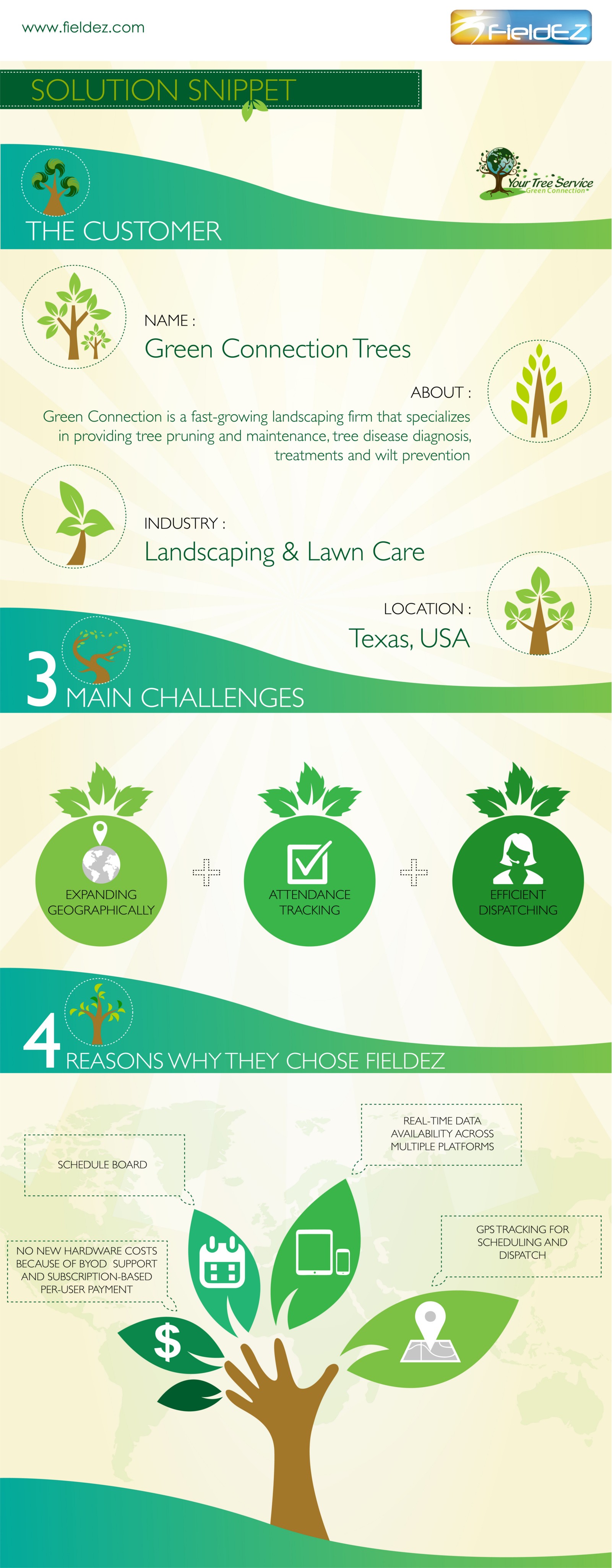Post-Tree Removal Treatment Is Critical For Landscape Remediation; Uncover Important Steps To Renew Your Space And Avoid Future Concerns
Post-Tree Removal Treatment Is Critical For Landscape Remediation; Uncover Important Steps To Renew Your Space And Avoid Future Concerns
Blog Article
Author-Langley McCollum
After a tree's elimination, your landscape might look rather different, and it's vital to assess the results very carefully. You'll intend to examine the dirt disturbance and inspect bordering plants for any kind of indications of stress and anxiety. Overlooking these variables can result in bigger issues down the line. So, what should you finish with those stumps and roots? And just how do you select the very best plants for your rejuvenated area? Allow's discover these vital steps.
Assessing the After-effects: Evaluating Your Landscape
After a tree elimination, it's important to examine your landscape to comprehend the effect it carries your yard.
Start by analyzing the area where the tree stood. Search for indications of soil disruption, and check the surrounding plants for any kind of tension or damage.
You should also make note of how the elimination has altered sunshine direct exposure and airflow in your yard. This change can affect the growth of nearby plants, so it's important to review their health and wellness.
Take into consideration the visual aspects too; the removal could produce an open space that you can redesign.
Lastly, think of any potential disintegration problems that might occur from the tree's lack. Attending to these variables early will help recover balance to your landscape.
Taking care of Stumps and Roots: Options for Removal
When you've evaluated the after-effects of the tree elimination, you'll likely need to take on the stump and roots left behind.
You have a couple of options for removal. One reliable method is stump grinding, where an expert utilizes an equipment to grind the stump down to underground degree. This method leaves marginal interruption to your landscape.
If you choose a do it yourself approach, you can make use of a mix of excavating and chemical stump eliminators. Just remember, visit this hyperlink can require time and effort.
Additionally, take into consideration leaving the stump as a natural attribute, which can serve as a distinct garden aspect or habitat for wild animals.
Whatever you choose, attending to the stump and origins is important for recovering your landscape.
Selecting the Right Plants for Your New Room
As you assess your recently cleared space, selecting the right plants can considerably improve your landscape's charm and performance.
Begin by considering https://www.marketwatch.com/story/this-earth-day-especially-remember-plants-are-non-judgmental-what-its-like-to-start-gardening-during-a-pandemic-2020-04-22 and dirt problems. For bright locations, choose drought-resistant plants like lavender or succulents. In shaded places, brushes and hostas thrive well.
Think about the size and development behaviors of your plants; mix perennials and annuals for seasonal range. Do not fail to remember to integrate native species; they require less maintenance and support neighborhood wild animals.
Team plants in odd numbers for a more natural look and produce layers for aesthetic deepness.
Lastly, ensure you have a mix of shades and appearances to maintain your landscape vivid throughout the periods.
Happy growing!
Final thought
In conclusion, recovering your landscape after tree removal is a fulfilling process. By examining the consequences, addressing stumps and roots, and picking the right plants, you'll develop a growing setting. Don't neglect to integrate disintegration control measures to shield your soil. With a little initiative and care, you can transform your space right into a vivid garden that boosts your home. Welcome the opportunity to invigorate your landscape and take pleasure in the elegance of nature right in your backyard!
